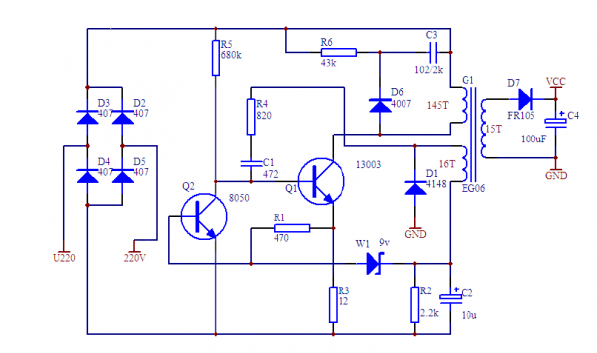Electrical circuit assembly is a complex process, but it can be broken down into understandable steps. Knowing the basics of how to assemble the circuit board components of an electrical circuit can save you time and money, especially when it comes to wiring and troubleshooting. This guide will walk you through the steps of assembling the components of an electrical circuit, from choosing the right components to connecting them to the circuit board. With a little bit of knowledge and patience, you’ll be able to construct a functioning electrical circuit in no time.
Steps to assemble the components on electrical circuit
Components and materials
To assemble an electrical circuit, you will need the following apparatus and materials:
- Breadboard – used for mounting and connecting electronic components
- Jumper Wires – used for making connections between components on the breadboard
- Resistors – used to limit the flow of current in the circuit
- Capacitors – used to store and release electrical energy
- Diodes – used to allow current flow in only one direction
- LEDs – used as visual indicators in the circuit
- Transistors – used to amplify or switch electronic signals
- Power supply – used to provide the voltage required for the circuit to operate
- Oscilloscope – used to measure and display electronic signals in the circuit
- Multimeter – used to measure voltage, current, and resistance in the circuit
Make sure to handle these components with care and follow proper safety procedures when working with electrical circuits.
Electric Circuit Diagram

Assembling Procedure
Identifying the components of an electrical circuit
The first step in assembling an electrical circuit is to identify the components that are required for the circuit. Depending on the type of circuit, the components may include resistors, capacitors, transistors, and inductors. Once you have identified the components, you will need to determine the values for each component. This is done by looking at the specifications in the circuit design.
Choosing the right components for your circuit
The next step is to choose the components that are suitable for your circuit. It is important to choose components that are of good quality and are rated for the desired voltage and current. This ensures that the circuit will perform as expected. Additionally, the components should be compatible with the circuit board and with each other.
Connecting components to the circuit board
Once the components have been chosen, the next step is to connect them to the circuit board. This is done by soldering the components to the board. The components should be connected in accordance with the circuit design and be placed in the correct orientation. Additionally, it is important to ensure that the components are securely placed on the board and that the solder joints are clean and secure.
Wiring the components of the circuit
Once the components have been connected to the circuit board, it is time to wire them together. This involves connecting the components in the correct order and in the right way to ensure that the circuit works properly. This is done by connecting the components in series or in parallel, depending on the design of the circuit.
Troubleshooting your electrical circuit
Troubleshooting is an important part of assembling any electrical circuit. This involves identifying any problems that may arise and then fixing them. It is important to check for any loose connections, incorrect wiring, and other issues that may affect the functioning of the circuit. Additionally, it is important to test the circuit to ensure it is working properly.
Testing your electrical circuit
Once all the components have been connected and wired, it is time to test the circuit. This is done by connecting a power source to the circuit and then measuring the output of the circuit. This will help to determine whether the circuit is working properly or not. Additionally, it is important to check for any issues such as incorrect wiring, incorrect connections, or other problems.
Tips for assembling an electrical circuit
The following tips can help you assemble an electrical circuit successfully:
- Make sure to use the right components and components that are compatible with the circuit board.
- Make sure to wire the components in the correct order and in the right way.
- Ensure that the solder joints are clean and secure.
- Always check for any loose connections or incorrect wiring.
- Test the circuit to ensure it is working properly.
Useful Info:
PCB Assembly Service
